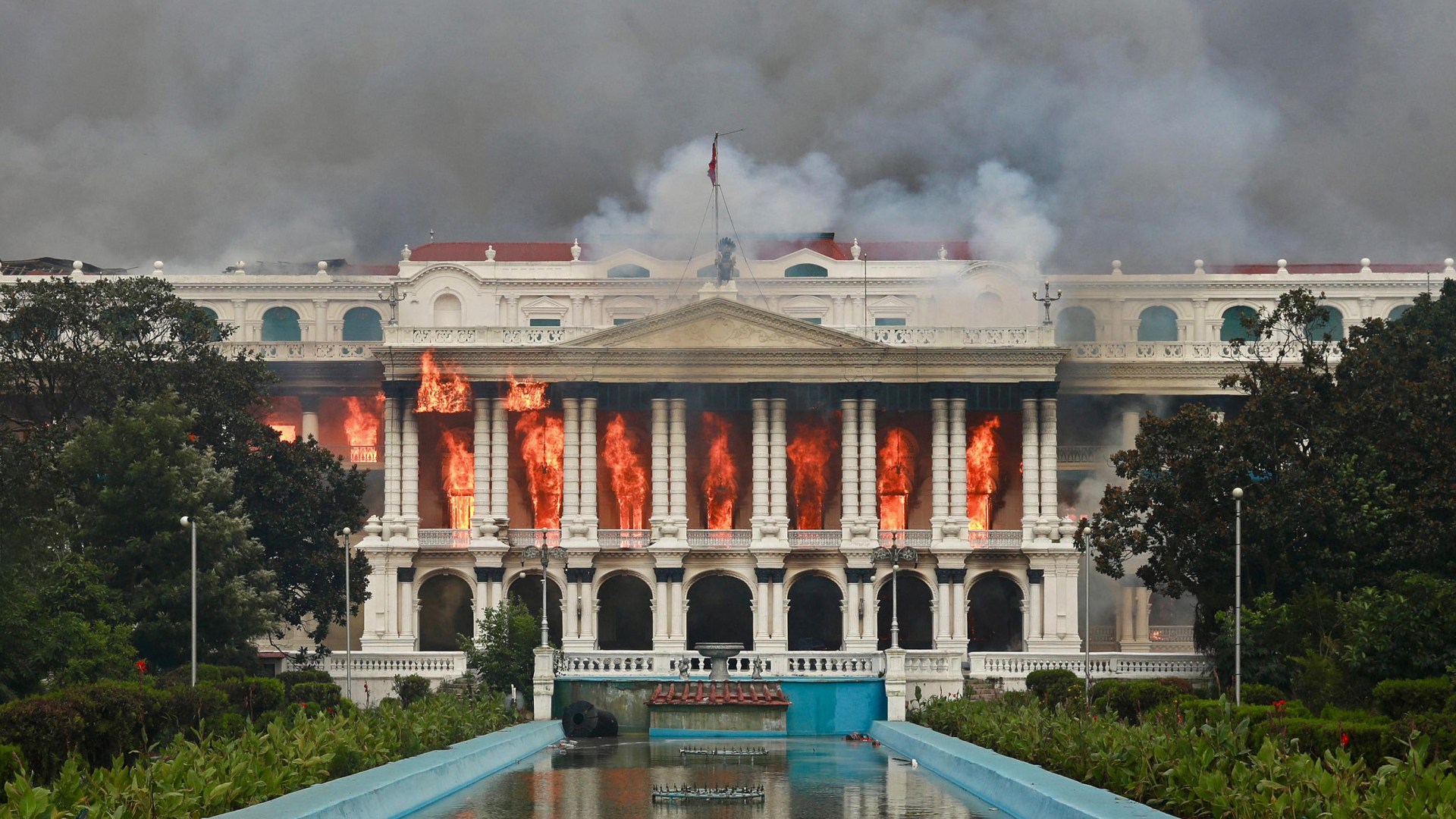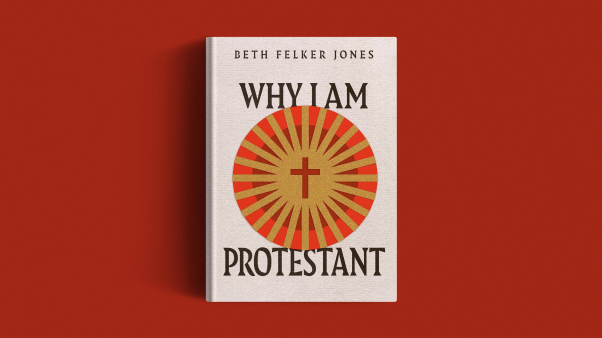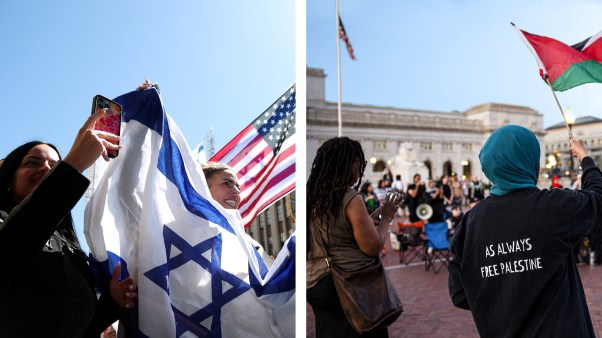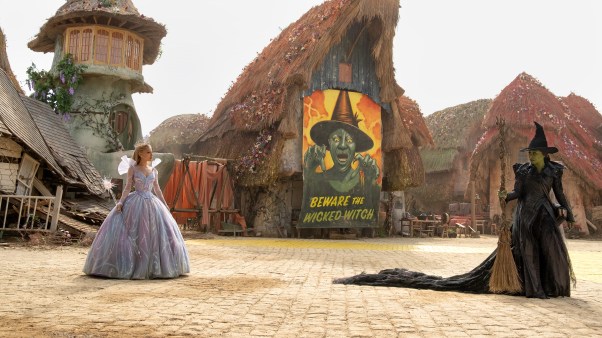On September 7, the eve of Nepal’s historic Gen Z protest, Nepali Christian scholar Karuna Sharma was waiting to catch a flight from the capital of Kathmandu to Dubai when she ran into an influential person. Their conversation turned to the next morning’s planned demonstration against the banning of social media platforms, and the person confidently dismissed its potential impact.
“There would be 1,000-2,000 youth, and then it would die down,” she remembered him predicting.
Instead, protest quickly escalated into the most violent political upheaval in Nepal’s recent history, leaving 74 people dead. Flames engulfed the parliament building. Prime Minister K.P. Sharma Oli resigned. The president swore in former Chief Justice Sushila Karki as Nepal’s interim prime minister, a favorite among protest leaders.
“The government did not really take the Gen Z protest seriously,” Sharma said. “They thought if they scared the crowds away, the protest would fizzle out, and therefore, we witnessed shooting on the very first day. Nobody had imagined that the protest could turn the way it did.”
For Nepal’s Christians, one of the fastest-growing Christian populations in the world, the upheaval brought both fear to the vulnerable religion minority as well as cautious hope for the new government. Most churches avoided direct political involvement, but individual Christians found ways to contribute to the movement.
Phur Jangbu, pastor of Boudha Dunamis Church in Kathmandu, told Christian Daily International, “We usually pray generally for the nation, but now it’s time to pray specifically for good governance. If the country doesn’t survive, how can we?”
For months, young Nepalis organized on Discord (a platform popularized by gamers) and online forums, venting frustrations over corruption, unemployment, and inequality. Vijay V.K., a 24-year-old Christian in Kathmandu, participated in one such group supporting the Gen Z initiative.
“The motive of the protest was not to harm anybody,” V.K. explained. “The youth were frustrated by the political leadership and wanted to demonstrate before the parliament house and other protest areas.”
The government’s September 4 decision to ban 26 social media platforms—including Facebook, Instagram, WhatsApp, YouTube, and X—only intensified tensions and “got fused with the peace protest,” V.K. said.
So on the morning of September 8, thousands of young demonstrators gathered in Kathmandu chanting against corruption and calling for justice. By noon, security forces fired live rounds into the crowds, killing at least 19 people that first day. By evening, protests had spread to dozens of other towns, including Pokhara, Nepalgunj, and Biratnagar.
Over the next 48 hours, Nepal’s political landscape unraveled with stunning speed. Protesters set fire to parliament, stormed the Supreme Court, and burned the prime minister’s residence. Crowds overran police stations and broken open prisons, releasing more than 13,000 inmates into the streets.
Though media reports attributed the arson to Gen Z protesters, V.K. maintains that his generation was committed to peaceful protest. “There were some self-interested people with political agendas who led it toward violence,” he said.
By September 12—just four days after the protests began—Oli had resigned and Karki was leading the country.
“This is not an elected government, and the next six months will be very challenging,” said Tanka Subedi, human rights activist and senior pastor of Family of God Church in Kathmandu. “But we are hopeful. The people asked for Karki because of her integrity. We pray that she can guide the nation to elections and preserve democracy.”
The United National Nepali Church Council (UNNCC) urged believers to avoid provocative social media activity. “Refrain from making unnecessary posts or negative comments on Facebook, TikTok, or other social media that may spread misunderstanding and fuel communal tension,” it said in a statement. Instead, they called Christians to be “engaged in prayer for peace, reconciliation, and the healing of the nation.”
Some Christians who supported the movement sought to be a light among the protesters. V.K. said he used a VPN to access the banned social media and called for peace. “I was posting messages to Gen Zers to stay calm and not use any violent means,” he said.
A Christian teenager said that most protesters were non-Christians and that Christian youth mainly helped by sharing information with news outlets and providing first aid to protesters. CT agreed not to use her name for security reasons.
Though the protesters did not target any churches during the violence, young men threatened one congregation in western Nepal, according to Christian Solidarity International. When the pastor sought the police for help, officers redirected him to contact the army, which was unreachable.
Subedi personally contacted several churches to check on Christian Gen Z members. “We thank God that we have not heard of any Christian being killed or injured during the violence,” he said.
These moments of crisis also opened doors for unexpected acts of Christian hospitality. Gary Hoag and Emma Pervaiz of the Christian financial accountability organization Global Trust Partners had just finished leading a training in Pokhara when the protests broke out. They found themselves stranded at the airport as airlines canceled flights and debris and fire blocked the streets.
A local Christian family, the Maharjans, came to pick them up on motorbikes, navigating through burning intersections and stone-piled roads. “People even hurled bottles toward us,” Maharjan wrote. “We reached home safely while the army took control of the city.”
The family hosted the visitors for two nights as authorities imposed a curfew.
The protests highlighted the deep frustrations of a generation long ignored by Nepal’s ruling elite. Youth unemployment stood at 20.8 percent in 2024. Tens of thousands leave the country annually to work in the Gulf states, often in dangerous conditions. As many as 15,000 Nepalis have enlisted as contract soldiers in Russia’s war in Ukraine.
Meanwhile, politicians’ children flaunted luxury lifestyles online. Protesters adopted the phrase “nepo kids” to capture the gap between elites and ordinary youth. One protest sign read: “Politicians’ children bring Gucci bags; our children return in coffins.”
Nepal’s Christians share this frustration while carrying distinct vulnerabilities. According to Operation World, 2.9 percent of the population identifies as Christian—about 866,000 people. However, the 2021 official census recorded only 512,313 Christians. Analysts suggest that underreporting and the prevalence of house churches may explain the disparity. For Christians, the contested data highlights both remarkable growth and ongoing fragility, as numbers are often politicized in religious freedom debates.
In 1961, fewer than 500 Christians existed throughout the entire country. Today, Christians worship in every district. House churches multiplied during the Nepal’s civil war from 1996-2006 as well as after the monarchy’s abolition in 2008, when new freedoms allowed unprecedented expansion. Still, Christians faced harassment, sporadic arrests, and accusations of foreign influence.
Legal challenges continue troubling the community. Nepal’s 2017 anti-conversion law criminalizes attempts to “hurt religious sentiment”—language broad enough to penalize evangelism. A local pastor described the systematic pressure on foreign missionaries following Oli’s 2018 visit to India: “Deportations started, including Muslims and Christians. They introduced systems to monitor foreigners’ activities. Many believe these were copied from laws in Uttar Pradesh, India.”
On September 4, authorities arrested, fined, and deported American missionary Daniel Stephen Kearney for proselytizing.
According to the pastor, whom CT agreed not to name due to security concerns, rumors circulating during the protests suggested that demonstrators would burn Pashupatinath Temple—one of Hinduism’s most sacred sites—and blame Christians. The attack never materialized, but it demonstrated how easily the minority community could become a scapegoat.
Alongside these pressures, Christians have made progress. More than 30 Christian organizations and thousands of congregations have registered as public religious trusts, according to Prakash Karki (no relation to Sushila Karki), a Christian lawyer who is leading the effort. “This is the greatest way God has opened for us,” he said. “It allows us to operate freely, pay taxes, and gain legal rights.”
For many Nepalis, Sushila Karki’s appointment carried a sense of possibility. Father Silas Bogati, apostolic administrator of the Vicariate of Nepal, said his community trusted her integrity, recalling her past defense of wrongly accused Catholic clergy.
Others remained more guarded. Rev. Dilli Ram Paudel, head of the Nepal Christian Society, welcomed Karki’s leadership but noted that the caretaker government and parliament’s dissolution did not follow constitutional provisions. “Many political parties are opposing this move,” he said, urging prayers for peace and lawful resolution.
Subedi added that Christians’ long-term safety depends on Nepal preserving democracy. “Gen Z leaders made it clear they do not want Nepal declared a Hindu nation,” he said. “They support democracy, republic, and religious freedom. But Hindu influence is everywhere in government sectors, so Christians remain vulnerable.”
Bogati urged Christians to respond not with political agitation but with service. He pointed to healthcare and education as areas where the church could make a difference, particularly in remote regions where government support is limited. For him, such contributions embody both compassion and gospel witness.
Paudel framed the crisis in spiritual terms. “We hold on to hope and trust God for heavenly intervention and a speedy recovery,” he wrote in a prayer letter sent to CT. “Pray for open doors of resources, wise partnerships, and divine guidance for rebuilding our nation.”
Christians, like the rest of the nation, now face an uncertain road ahead. Young believers like V.K. and the unnamed teenager show both anxiety and resilience. “Within five to ten years, we’ll hopefully be able to live a good life here,” the teenager said.














